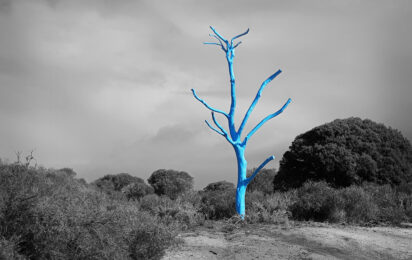Where a pattern exists, AI and machine learning can be harnessed to make businesses more efficient and channel the workforce into higher level problem solving and process management roles.
Machine learning technology provides the platform for vast amounts of data to be processed in a semi-intelligent manner with minimal human intervention.
In terms of asset inspection, it enables subject matter experts to train a computer algorithm to identify and classify defects within high definition imagery so the computer can then complete the work itself.
Many technologies in the medical space already exist to assist health care providers to detect and classify diseases and illnesses to expert level, increasing accurate early detection and improving the health outcomes for more patients.
In an exciting new development, machine learning algorithms based on Fujifilm’s medical imaging technology to map human blood vessels are now being used to map cracks in concrete structures. Known as Hibimikke (Crack Finder), this cloud-based photo service can uniquely identify cracks, position them, measure their length and determine crack widths down to 0.1mm with an accuracy of 95%.
Over the past 12 months Duratec’s technical team, in collaboration with Fujifilm Australia, have undertaken several trials using this technology on structures across Australia.
The technology is a great fit for us as we work up to 150,000 site hours per month with hundreds of photos being taken daily. This means we have a huge bank of images to draw on to train artificial intelligence programs to recognise patterns, which will result in more accurate and efficient diagnoses.
The trials have demonstrated the ability of this technology to change the way we conduct asset inspections for ever by improving productivity, accuracy and safety of the work site. It also enables us to complete more work in greater detail with less subjective analysis.



